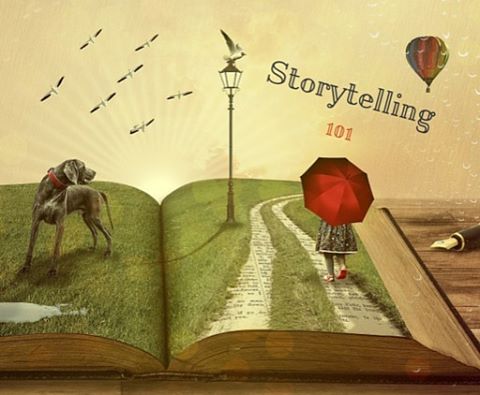 Yesterday, I was given a wonderful opportunity to attend a lecture on Children’s Literature (EE104 – week 2), run by Sandra Williams, which focused on the oral tradition. It was a very interactive session, where we got to work together in groups to complete a number of tasks. Our first task was to create a list of all the fairy tales or traditional tales that we could remember from our childhood. And so, off we went scribbling down names of fairy tales, creating substantial lists – but were they all actually fairy tales? Well, we were about to find out.
Yesterday, I was given a wonderful opportunity to attend a lecture on Children’s Literature (EE104 – week 2), run by Sandra Williams, which focused on the oral tradition. It was a very interactive session, where we got to work together in groups to complete a number of tasks. Our first task was to create a list of all the fairy tales or traditional tales that we could remember from our childhood. And so, off we went scribbling down names of fairy tales, creating substantial lists – but were they all actually fairy tales? Well, we were about to find out.
As our lists were analysed, we discovered that myths, legends, literary fairy tales, fantasy stories, poems and plays had all somehow crept in! This was a wonderful way to introduce us to the different types of tales that exist. While a myth is usually told to explain how the world came into being, legends are set in historical time and are thought to have some truth in them. And while literary fairy tales were original stories created by authors such as Hans Christian Andersen, fairy tales (“Contes des fées”) or folk tales were not original creations, but handed down from generation to generation through the oral tradition.
Moving on, we turned our attention to the structure of a folk tale. Again, working in our groups, we created lists of characters, settings, events and patterns usually found in a folk tale. This led on to a discussion on formulaic openings (“Once upon a time….”), the use of rhyme and alliteration, how things happen in threes and how the tales ended. We learned that these techniques greatly assist a storyteller in remembering their tales. We noted how the characters did not have much depth to them, but were stereotypical rather than three dimensional in nature. We also looked at the use of bipolar opposites in folk tales – good versus evil, rich versus poor, young versus old, big versus small….
Our final task was really good fun and definitely one to use in a classroom environment. Working in our groups we were each given a number. Number 1’s in each group were to start the story. On receiving a signal, Number 2’s took over, followed by Number 3’s and so on. Our challenge was to tell the story of Little Red Riding Hood in the longest form possible. In our group, we had great fun with this. We took our time deciding what was going into Little Red Riding Hood’s basket and she had to stop for coffee on her way through the forest. Our wolf had a bad memory and so had to ask Little Red Riding Hood for directions to her grandma’s house, which he carefully wrote down, only then to realise that he couldn’t use them as he needed to get there faster than Little Red Riding Hood, so he went off for a coffee and to have a think about how he could get there quicker than her. Needless to say, we didn’t get too much further into the story before our time ran out!
We also attempted to retell the story using the first person narrative in our groups, which proved much more difficult and didn’t feel quite right. This was a great way to show us why folk tales are told in the third person narrative.
With the session nearing its end, it was time to take a look at some of the modern retellings of fairy tales (all of which are available in the OLC), before we all headed off, furnished with a new understanding and appreciation of stories from the oral tradition. Finally, a big thank you to Sandra for welcoming me into the lesson and for students who attended this lecture, it may be useful to take a look at the following resources in the OLC:
Exploring Children’s Literature: reading with pleasure and purpose – Nikki Gamble
This book explains the difference between myths, legends, fairy tales, literary fairy tales and other types of stories very well.
 Creative storytelling: building community, changing lives – Jack Zipes
Creative storytelling: building community, changing lives – Jack Zipes
This is a great resource for retelling fairy tales in the classroom and different creative activities that can be carried out with the children.

